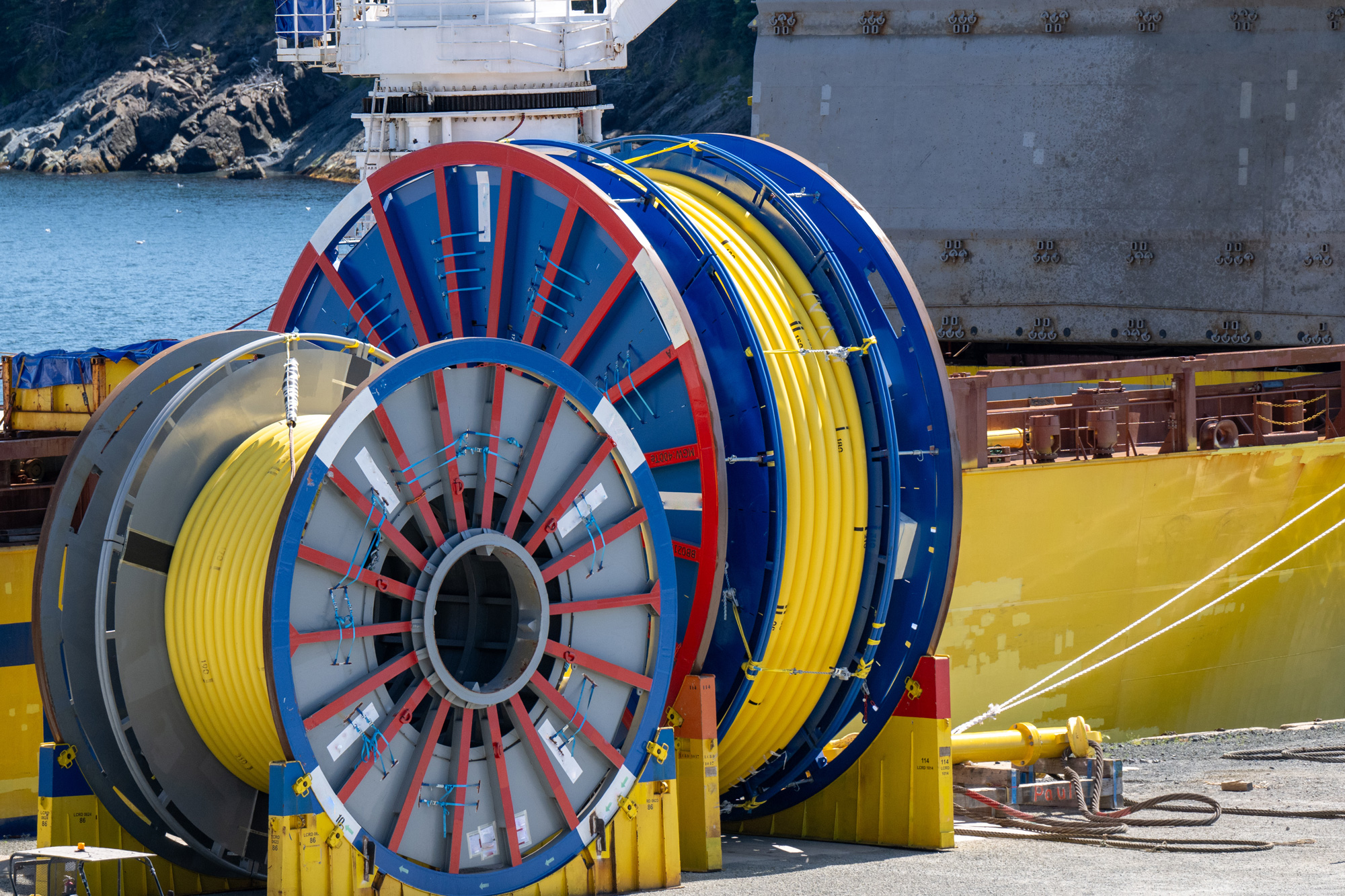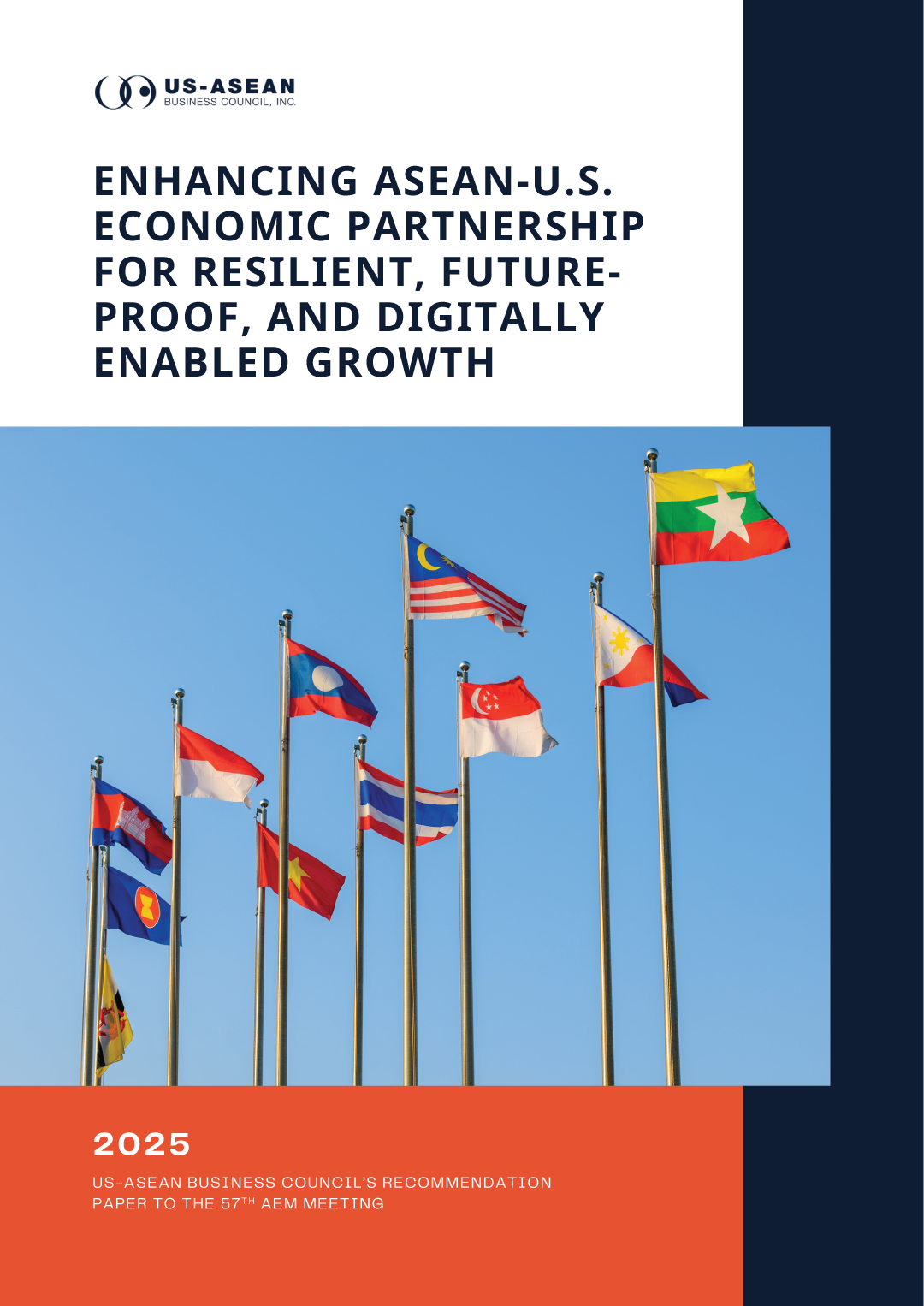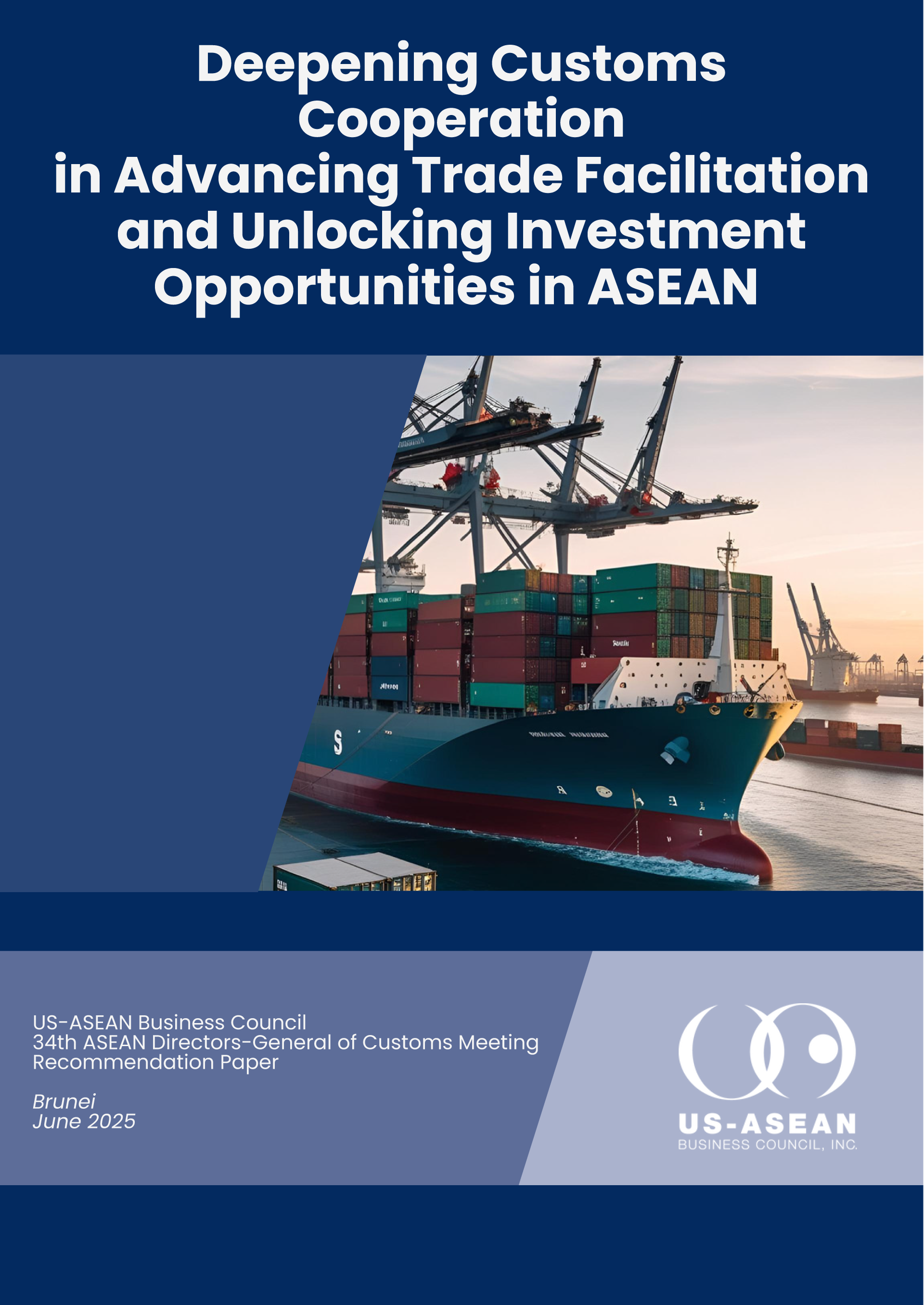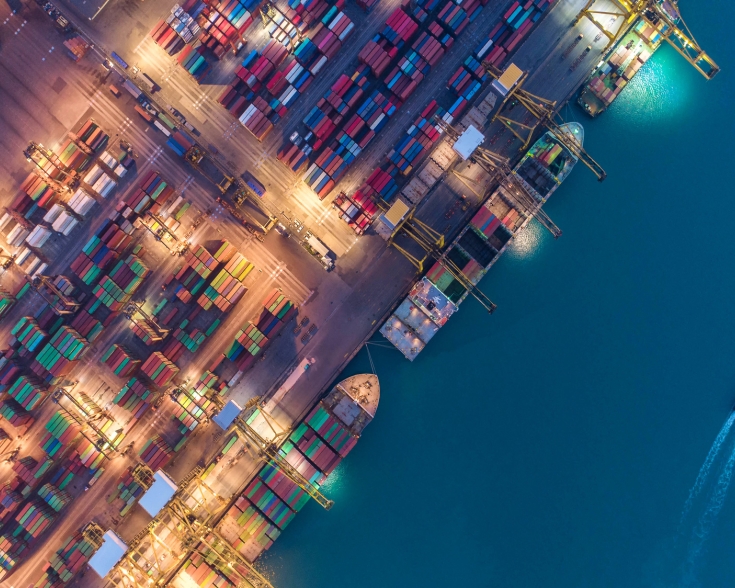China’s Disruption of Subsea Cables – Strategic Test for the U.S.

China’s increasing assertiveness in the South China Sea has begun to impact critical global infrastructure—subsea fiber-optic cables, which carry more than 95% of international internet communications, including sensitive military and economic data. These cables, essential for Southeast Asia’s connectivity, have become a focal point in the geopolitical contest between the United States, China, and other regional powers. Chinese delays in permitting, harassment of repair vessels, and restrictions on new cable projects have caused costly delays in repairs and stalled new developments, pushing telecommunications companies to reroute or postpone critical projects.
The growing risks associated with operating in the South China Sea have led companies to explore alternative cable routes that avoid the region, but these longer, more expensive detours raise costs and complicate logistics. The implications of these disruptions extend beyond telecommunications, potentially affecting U.S. military operations and strategic communications in the region, which are heavily reliant on subsea cables for secure data transmission.
Opportunities for U.S. Firms
While China’s interference has escalated tensions, it also opens doors for U.S. defense and tech companies to step in. The U.S. government’s pressure on regional allies like Vietnam to avoid Chinese firms such as HMN Technologies in future cable projects has led to a growing demand for American expertise in building secure, resilient undersea networks. U.S. companies specializing in cybersecurity, encryption, and defense communications are in good position to capitalize on these developments by offering secure alternatives to Chinese-built systems, strengthening partnerships with Southeast Asian nations, and enhancing regional connectivity.
The U.S. government has already encouraged Vietnam, Japan, and Taiwan to protect their cable networks from Chinese espionage, and U.S. defense firms can expect growing demand for secure, surveillance-proof cables. For example, Vietnam’s plan to build 10 new undersea cables by 2030, as part of its digital infrastructure strategy, presents significant business opportunities for U.S. firms, provided they can offer solutions that prioritize both security and resilience against potential Chinese interference.
Long-term Risks
The delays caused by China’s restrictions have resulted in significant operational costs and increased the risk of strategic disruptions, as seen with the Southeast Asia-Japan 2 (SJC2) system, which is now years overdue. These delays underscore the geopolitical stakes for U.S. companies operating in the region. Securing partnerships with Southeast Asian nations for future cable projects would create business opportunities and enhance regional security by ensuring critical infrastructure remains out of Chinese control.
At the same time, the U.S. needs to balance its strategic interests with regional sensitivities. Countries like Vietnam and Indonesia, while eager to modernize their telecommunications infrastructure, remain cautious about being drawn into U.S.-China tensions. Companies will need to secure high-quality alternatives while avoiding further escalation of regional conflicts.
Looking Ahead
The disruption of subsea cables in the South China Sea highlights the strategic importance of undersea infrastructure in modern conflicts. The challenge lies in leveraging this opportunity to provide secure, resilient cable solutions in Southeast Asia, while navigating the region's geopolitics.




![Cover-[USABC-Final]-Driving-ASEAN-Unity-Malaysia's-Vision-for-2025](/sites/default/files/2025-07/Cover-%5BUSABC-Final%5D-Driving-ASEAN-Unity-Malaysia%27s-Vision-for-2025.jpg)



